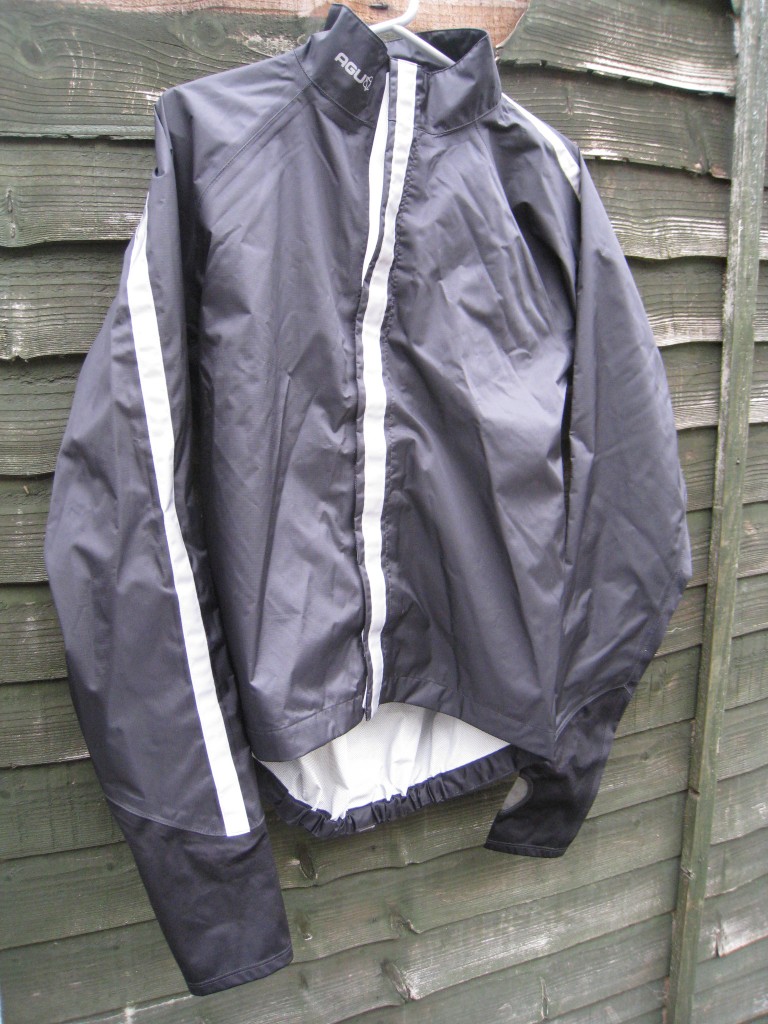

Recent weather conditions [as of 25 January 2010] have prompted local authorities to apply vast quantities of rock salt to Britain’s roads, thus creating the perfect conditions in which to test at least one of the properties ideally possessed by cycle chain lubes.
As the snow and ice to which rock salt has been applied melts, they dissolve the salt and leave puddles of concentrated brine – plus other unpleasant solutes and contaminants held in suspension – covering the roads. Even on a mudguarded bike, this foul soup gets splashed all over the transmission and quickly soaks into the small spaces contained in the chain.
The steel used for the chain is, of course, prone to rust in even the mildest of watery conditions and brine is a much more aggressive agent of corrosion. Chain lube, besides providing a lubricating film between sliding surfaces, might be expected to coat them and thereby hinder the corrosion process. Which does a better job: wet or dry lube?
There are, of course, various wet and dry lubes of differing composition and, presumably, effectiveness. For the purposes of comparison we applied Muc-Off wet lube and Squirt dry lube to two chains prior to riding in especially challenging conditions. The former is the kind of thick, slow-flowing stuff that sticks to everything and might be expected to keep salt water at bay; the latter is a water-soluble dry lube with a fine reputation.
One of the problems – the fundamental problem – with dry lubes is that the deposit of lubricant gets rubbed away from the surfaces it is expected to protect as they move relative to each other – and stays away once rubbed off. The deposit has to have somewhere to go, of course, which is why black gunge gets squeezed out of the gaps between the side plates of a chain treated with a dry lube.
Looking at the two chains, pictured after they had been allowed to dry overnight, it is apparent that there are clear differences in outcome. The rollers of the dry lube-treated chain have plenty of visible surface rust on an otherwise shiny surface where no lube remains, while the sideplates appear unaffected by corrosion.
Contrastingly, the wet lube-treated chain has surface rust on the outside of the plates while the rollers appear to be oily and dirty if relatively rust-free.
Importantly, both chains have stiff links, those of the dry lubed chain being less obvious because it is fitted to a fixed wheel bike and cannot articulate to the same degree between sprocket and chainwheel. However, the dry-lubed chain ran much more smoothly afterwards with no “gritty” feel and even without the further application of lube soon freed off. The wet-lubed chain felt awful and needed a good clean before it would run smoothly.
The obvious conclusion is that the wax contained in the dry lube makes a more effective barrier to corrosion than the oil of the wet lube. Although the sideplates of the wet lubed chain retain some oil coverage, they have rusted slightly. Those of the dry-lubed chain have not. Note that the chains are not the same model and that one may be less corrosion resistant than the other.
We may also conclude that the wet lube, as generally believed, attracts and holds grit. It also fails to prevent rust attacking the inside surfaces of the chain, the stiff links indicating that they have begun to corrode despite the fact that the chain visibly retains a film of oil.
Furthermore, while the dry lube rubs away to reveal unprotected metal, which is why the rollers have rusted, enough stays inside the chain to keep it running well even with a degree of internal corrosion.
And, finally, the dry lube does not attract grit to anything like the same degree, meaning that a new application of lube is all that is needed to get it running nicely again. We haven’t bothered yet since it is fine as is.
So, for severe winter use a dry lube – and this one on particular – not only keeps the chain running more smoothly but staves off corrosion and, since it does not attract abrasive grit, should ensure a longer service life for chain and sprockets.


